Woman, 28, who was born with a large port wine stain birthmark across her FACE becomes a viral star on TikTok by documenting her struggle to embrace her unique appearance – as she opens up about undergoing laser surgery to lighten the mark
A woman who was born with a large port wine stain birthmark on her face has told how she learned to embrace her unique appearance – despite receiving many looks from strangers in public.
Danielle Lipple, 28, from Michigan, has a large port-wine stain birthmark, also called a vascular malformation – an abnormal development of blood vessels – across her lower face and neck.
She says the mark attracted a lot of attention when she was a child, and admits that people would openly stare at it when she was in public. But she insists she harbors no ill will towards these 'curious' strangers, and says others' interest has actually inspired her to show off her birthmark on social media in a bid to raise awareness about it.
Danielle began posting videos on TikTok documenting her journey to embracing the blemish, as well as the laser and surgical procedures she underwent to reduce the blemish.
Her clips have been viewed millions of times and Danielle – who now has 130,000 fans on the app – is passionate about educating people about her condition.
A woman who was born with a large port wine stain birthmark on her face shares how she learned to embrace her unique look – despite getting a lot of stares
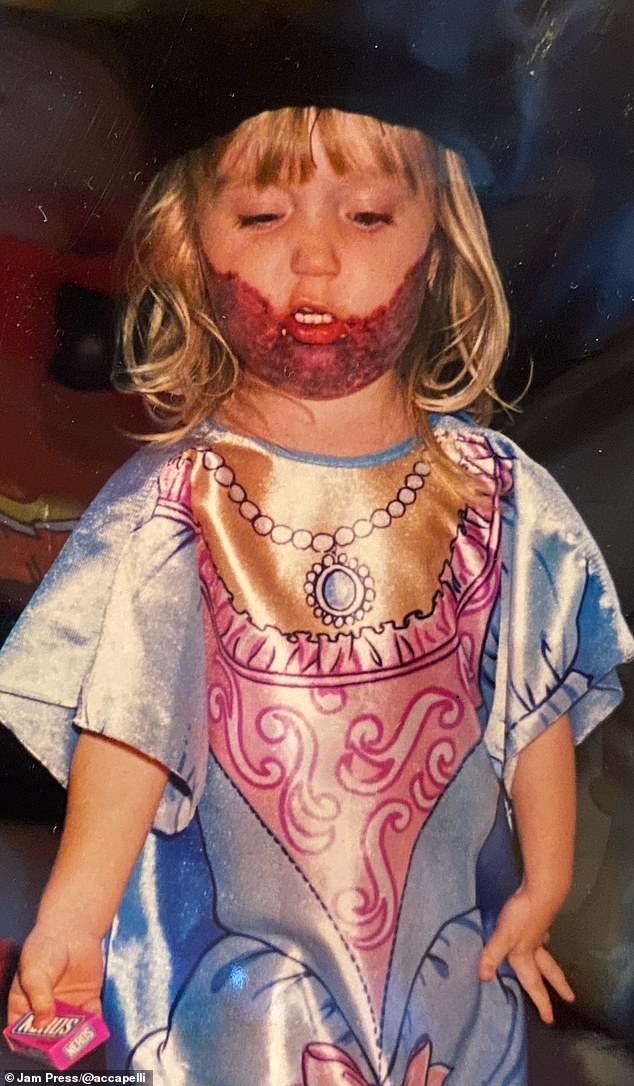
Michigan native Danielle Lipple, now 28, has had a large port-wine stain, also known as a vascular malformation, since she was a young girl (pictured)
“I think my birthmark is incredible,” Danielle said.
'It took me a long time to learn the many details of the medical side of it, but as I started to look into it a little more, I find it so interesting what is physically happening in my face.
'And even more so the fact that there are so many people who are in very similar situations.
“I knew that port wine stain birthmarks were common, but being able to actually connect with people who look like me and who have been through many of the same things as me has been an incredible blessing.
'When I was little, before the internet, most of the reactions I got from others about my birthmark were just stares.
'I've never really been angry about that because people are generally curious when they see something they've never seen before.
“I think I've been really lucky that for a long time, most of my social media comment sections were very tame in regards to my birthmark.”
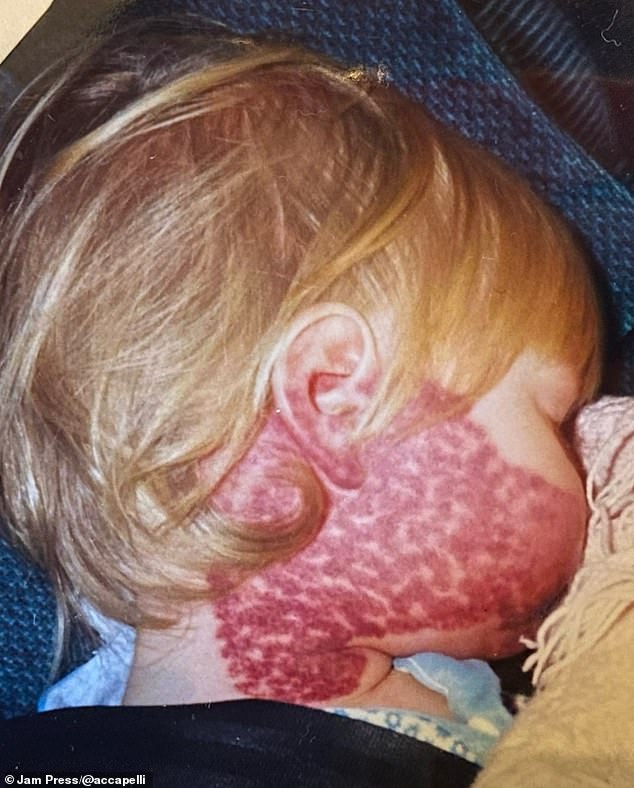
“When I was little, before the internet, most of the reactions I got from others to my birthmark were just stares,” she admitted

“I've never really been angry about this because people are generally curious when they see something they've never seen before,” she said
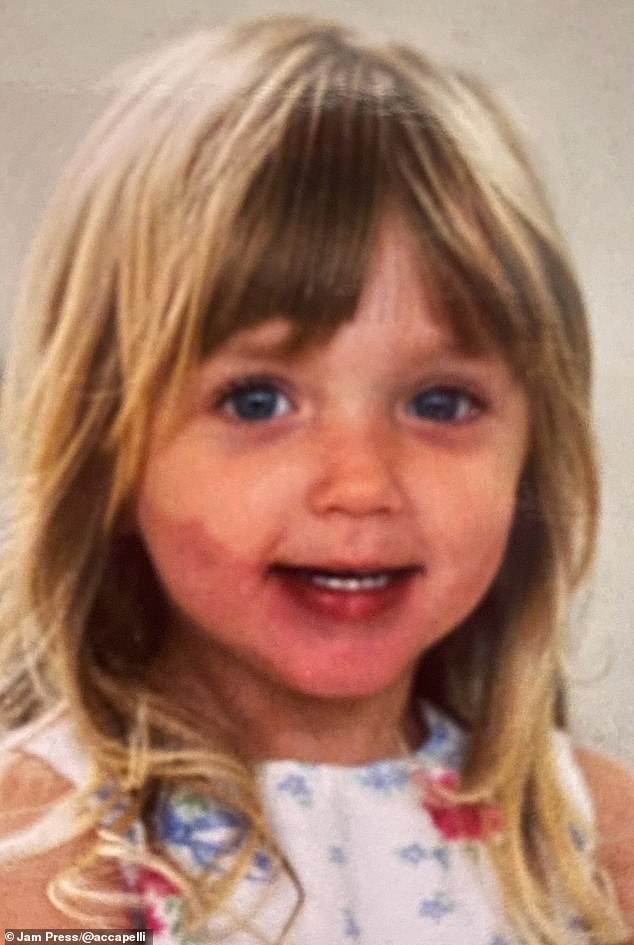
“I think my parents did a fantastic job raising me because when children grow up with medical conditions, they can often be very self-conscious,” says Danielle.
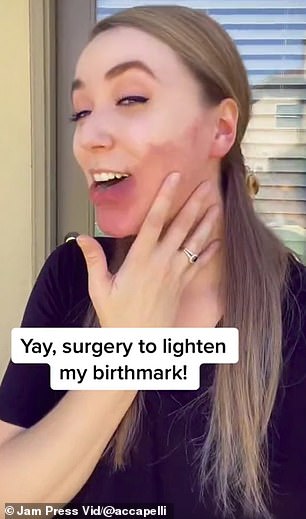
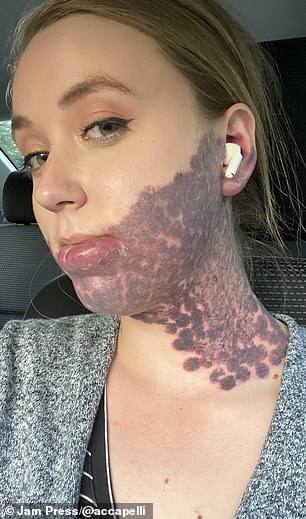
In her TikTok videos, she educates many about the condition and shares her journey with laser surgery to help clear the redness. Pictured is hair before (L) and immediately after (R)
As for her own journey? Danielle says self-acceptance has been key.
“I think my birthmark has made me who I am today,” she said.
“I think my parents did a fantastic job raising me because when children grow up with medical conditions or visible differences, they can often be very self-conscious or struggle with their identity.
'However, I have always known who I am, what I want and what my self-worth is, regardless of my birthmark.
'That doesn't mean I've always loved it.
'My parents raised me to believe that my birthmark was more a part of me than something that happened to me.
'I can recognize that my birthmark is part of who I am, but not directly related to my self-esteem.
'I am not less because I have a 'defect'.

Danielle said her parents taught her what's most important: “I've always known who I am, what I want and what my self-worth is, regardless of my birthmark.”


Danielle's videos also cover other aspects of her face affected by her condition, including her lips, which began to enlarge in high school.
But she hasn't always accepted her appearance this way.
“While I don't necessarily have low self-esteem, I have been subconsciously creating rules or conditions for myself as a coping mechanism that I have been working to dismantle lately.
'When I was young, I never went out without make-up.
“I washed my face after all my friends went to sleep at a sleepover and woke up early before everyone was ready to put my makeup back on.
“No one told me I had to do these things, but I created this reality for myself.
'I think it partly has to do with society's view of beauty, yes, but I think it happened more unconsciously.
'I wanted to have control over who saw my birthmark and when, because I had control over that, but not over whether I had a birthmark or not.
'My lower lip started growing significantly around the time of puberty and during my high school years it grew dramatically.
'I've had a few operations to debulk my lower lip and it's now much smaller than it was.
'However, the surgeries have caused a lot of scar tissue in my lip, so there are some issues with numbness and mobility.
“I'm blessed that I can still talk and use my mouth normally to sing (and) eat.
'I have to be honest: there are days when I wish I didn't have to deal with my birthmark.
“I would love to be able to just wake up and walk out the door and I know I can do that, but most days I fight the voice in my head that tells me it's easier for me to make makeup rather than dealing with people looking at me, asking questions, or feeling like I'm not as confident as I am with makeup, that's something that often wins out.'
Now she proudly shows off her birthmark on TikTok to her 129,000 followers, something she considers important.
'I've met so many people who I can relate to or who can identify with me, that I'm really surprised that more people don't know about port wine stains.
'Most people confuse port wine stains with other types of birthmarks that affect the pigmentation of the skin, not the vascular system, so I get questions like, “Can't you just tattoo over it?” a lot of.
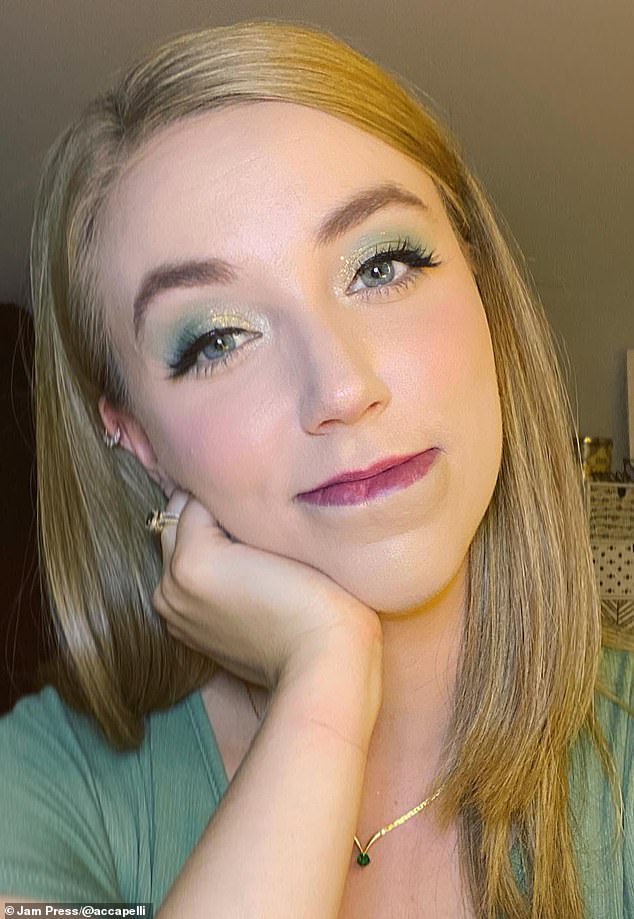
After the laser surgery, Danielle's condition is unnoticeable when she wears makeup

According to Medical News Today, port-wine stain birthmarks are rare and affect about 0.3 percent of newborns. The condition occurs due to dilated capillaries.
'I also think it's very important to share that port wine stain birthmarks are beautiful.
'Too often, facial deformities or disfigurements are seen as frightening or dangerous because in movies, comics and TV shows we are portrayed as the villains or the victims.
“I want to see a port wine stain princess, so if Disney wants to hit on me, they know where to find me!”
According to Medical news todayPort-wine stain birthmarks are rare, affecting approximately 0.3 percent of newborns. The condition occurs due to dilated capillaries.
